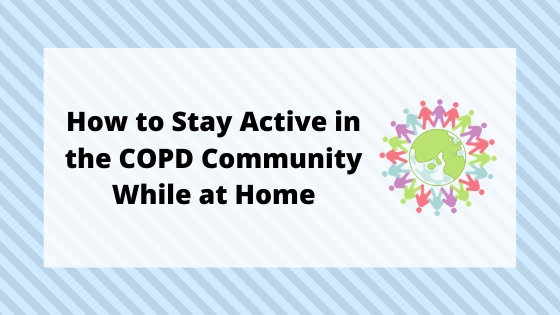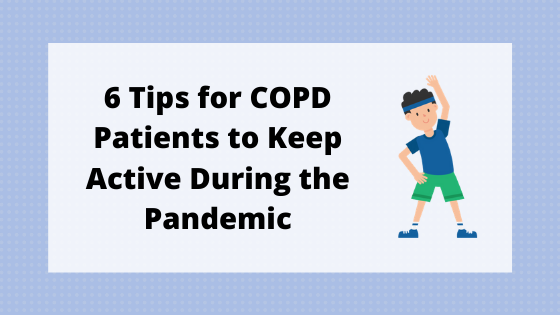Respiratory Resource Center - LPT Medical
How to Stay Active in the COPD Community While at Home
At this point in time, the vast majority of...
Read More6 Tips for COPD Patients to Keep Active During the Pandemic
The past several months have been challenging for many...
Read More

